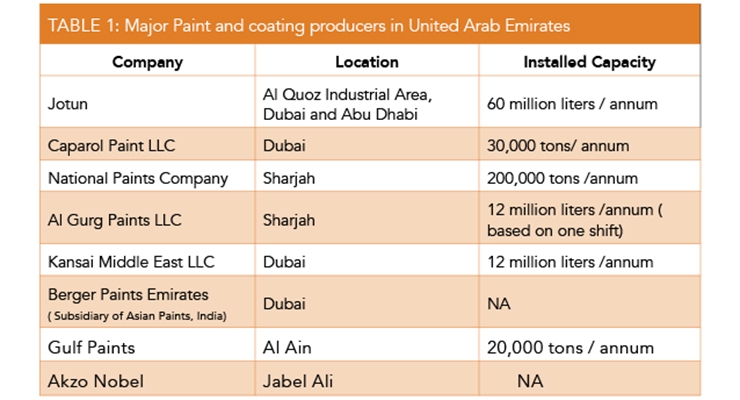What Role Do Appropriate Colors Play In Enhancing Your Brand'S Appearance In Industrial Outside Paint? Explore The Key Elements That Affect Your Decisions
What Role Do Appropriate Colors Play In Enhancing Your Brand'S Appearance In Industrial Outside Paint? Explore The Key Elements That Affect Your Decisions
Blog Article
Article Author-Kemp Ismail
When it comes to business outside painting, the colors you select can make or break your brand name's allure. Comprehending how various colors affect perception is vital to attracting clients and developing depend on. However it's not just about individual preference; regional fads and regulations play a substantial role as well. So, how do factory painting discover the ideal balance in between your vision and what reverberates with the area? Allow's discover the vital variables that guide your shade options.
Understanding Shade Psychology and Its Impact on Business
When you select shades for your organization's outside, comprehending color psychology can substantially influence how potential clients perceive your brand name.
Colors evoke feelings and established the tone for your company. As an example, blue usually conveys trust fund and professionalism, making it optimal for financial institutions. Red can produce a feeling of seriousness, ideal for dining establishments and inventory-clearance sale.
On the other hand, environment-friendly symbolizes growth and sustainability, attracting eco-conscious customers. Yellow grabs focus and triggers positive outlook, however excessive can overwhelm.
Consider your target audience and the message you wish to send. By selecting the appropriate colors, you not only boost your curb appeal however likewise straighten your picture with your brand name values, inevitably driving client involvement and commitment.
Studying Citizen Trends and Laws
How can you guarantee your outside paint selections reverberate with the community? Start by researching regional patterns. Browse through nearby businesses and observe their color design.
Make note of what's prominent and what feels out of place. This'll assist you straighten your choices with neighborhood aesthetic appeals.
Next off, examine local guidelines. Lots of communities have guidelines on outside colors, especially in historical areas. You don't want to hang around and cash on a palette that isn't compliant.
Engage with neighborhood company owner or neighborhood teams to collect insights. They can supply important comments on what colors are well-received.
Tips for Balancing With the Surrounding Setting
To produce a natural look that mixes flawlessly with your environments, consider the natural surroundings and architectural designs close by. Start by observing the shades of nearby structures and landscapes. Natural tones like greens, browns, and low-key grays often function well in all-natural setups.
If your property is near dynamic city areas, you might choose bolder colors that mirror the local power.
Next, consider website link of your structure. Traditional designs may gain from timeless colors, while contemporary styles can embrace modern palettes.
Check your shade options with samples on the wall to see exactly how they interact with the light and atmosphere.
Ultimately, keep in mind any kind of local guidelines or neighborhood aesthetics to guarantee your selection improves, instead of clashes with, the environments.
Conclusion
To conclude, selecting the appropriate colors for your commercial outside isn't nearly aesthetics; it's a tactical choice that impacts your brand's understanding. By taking advantage of color psychology, considering regional trends, and making sure consistency with your environments, you'll create an inviting ambience that brings in clients. Don't forget to test samples prior to committing! With the appropriate approach, you can boost your company's curb allure and foster enduring customer interaction and loyalty.
